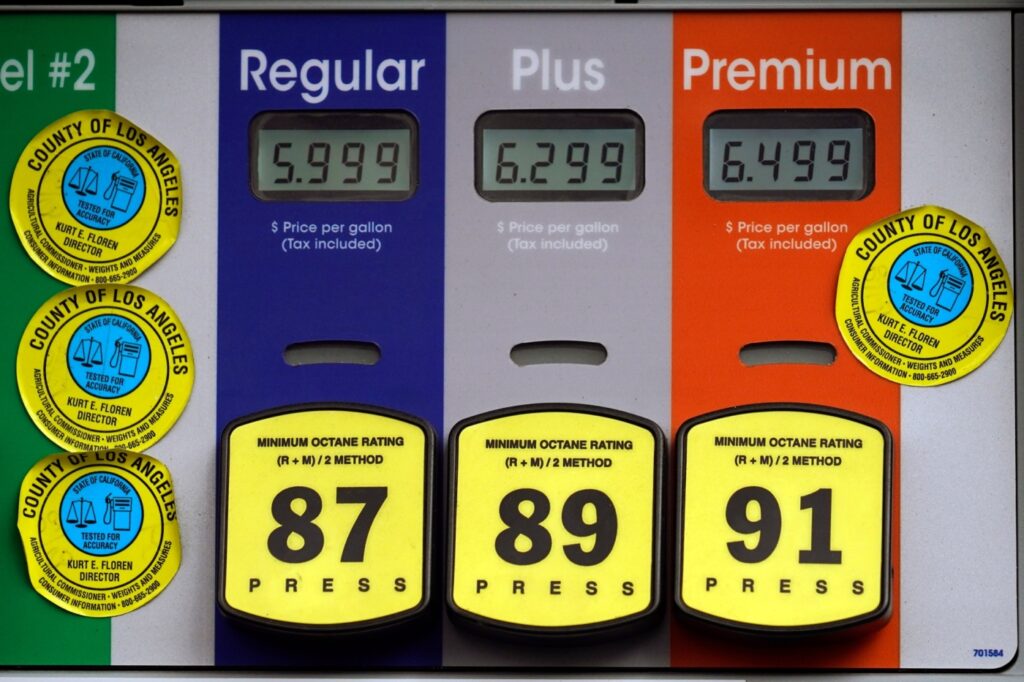
Much ado is being given to the recent surge in oil company profits. Even the Wall Street Journal is getting into the act with headlines like “Chevron Rides High Oil Prices to Record $35.5 Billion Annual Profit” (Jan. 27, 2023).
No doubt, headlines like this will kindle more talk in Sacramento about raising “excess profits taxes” on those so-called “high-flying” oil companies.
How quickly we forget. Chevron incurred annual losses of $33.5 billion in 2020-21. Those losses are almost as much as its ballyhooed profits of $35.5 billion this year. Even that profit of $35.5 billion isn’t all that great when one considers that those profits as a return on sales were 15% — not far off the S&P 500’s average return on sales of 14.2% over the same period.
But just matching average returns turn out to be a great year for Chevron. The past has not been so great. In 2021, Chevron’s return on sales was 10%, markedly lower than the S&P’s 15.5% that year. Chevron fared even worse in 2020 as its return on revenues crashed to a negative percent while the S&P’s average return was a positive 10.4%. Chevron’s abysmal performance in 2020 shouldn’t be all that surprising since that was the year crude oil prices in spot markets briefly turned negative.
Not surprisingly, in light of the disastrous market conditions for oil companies that year, oil companies turned off the spigot. It doesn’t make much sense to drill for oil when prices turn zero to negative.
But as the economy recovered from the COVID recession, demand for gasoline increased sharply while supply was stagnant. As a result, gasoline prices surged from $2.58 in January 2020 to $4.22 in April 2022. That’s seven times faster than the increase in the Consumer Price Index (CPI).
While those increases led to charges that oil prices are a cartel and reaping big profits, those profits worked their magic. Oil companies suddenly had the incentive to turn the spigot back on. They did so not because the consumer was hurting but because those profits acted like an invisible hand in encouraging them to increase production — and that they did, in spades.
From a low of 9.9 million barrels of crude oil production in the U.S. in February 2021, oil companies revved up production to 12.3 million barrels in the last reporting period of November 2022. That’s an increase of almost 25% in about a year and a half.
That remarkable turnaround in production is not all that remarkable when one considers Adam Smith’s famous description of the free market’s “invisible hand” in his magnum opus, “The Wealth of Nations”:
“He (substitute oil company name here), indeed, neither intends to promote public interest, nor know how much he is promoting it … he intends only his own gain, and he is in this, as in many other cases, led by an invisible hand to promote an end which was not part of his intention. By pursuing his own interest, he frequently promotes that of the society more effectually than when he really intends to promote it.”
The key to understanding the recent spike in oil company profits is not conjuring images of oil barons in some backroom figuring out how best to gouge its customers. Rather, it’s to look at the supply of crude.
Gas prices declined when supply increased from 8 million barrels per day in 2014 to 12.8 million barrels per day in 2020. In sharp contrast, gas prices increased when the supply plummeted after the pandemic hit in early 2020.
Related Articles
Capitol community mourns two veterans of California politics
Have you heard about the state agency that serves itself rather than California taxpayers?
Fiscal mismanagement drives escalating debt ceiling fights
Unemployment insurance rip-offs: stop them!
Equality vs. equity: Letters
And now that those higher gas prices served as the invisible hand in pushing production back up, the resulting profits have elicited public outcry against the abusive market power of oil cartels. President Biden added fuel to the fire — no pun intended — by saying, “Oil and gas companies shouldn’t pad their profits at the expense of hard-working Americans.”
But if oil companies are so effective in their ability as a cartel to wield extraordinary market power, one would expect these companies to also experience extraordinary stock market returns.
Au contraire: Between 2010 to the present, Chevron’s stock increased 11%, far below the S&P’s average gain of 253%.
This is hardly the stuff that cartels are made of.
James L. Doti is president emeritus and professor of economics at Chapman University. Raymond Sfeir is the director of the A. Gary Anderson Center for Economic Research at Chapman. Fadel N. Lawandy is director of the Hoag Center for Real Estate and Finance at Chapman.
